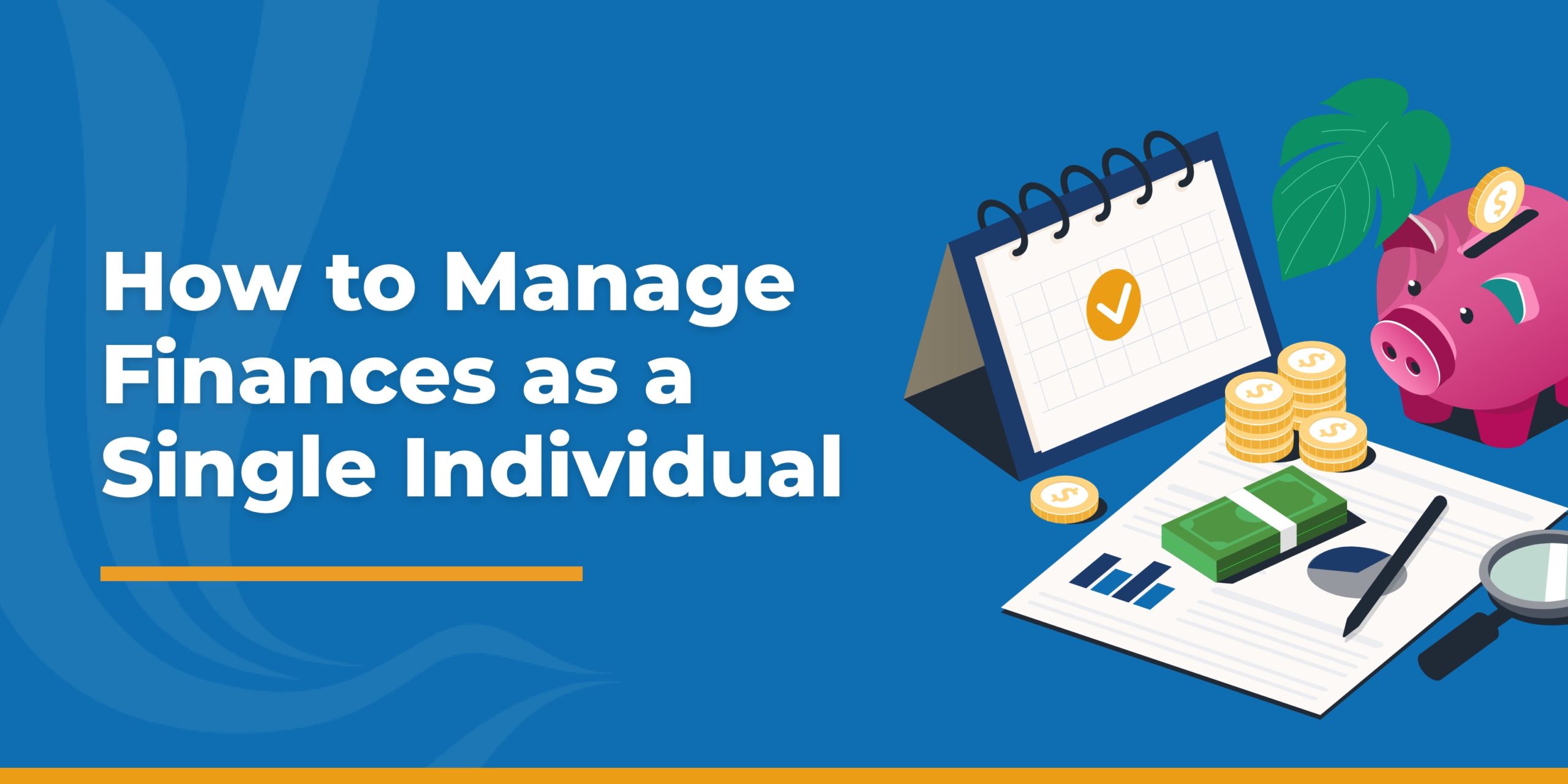
As the cost of living continues to rise, it is becoming increasingly difficult for single individuals to live comfortably. Without the safety net of a second income, the need to manage finances as a single individual is more important than ever. The process comes with unique benefits and challenges, both throughout the year and during tax time.
Budget Tips for Single Individuals
There are countless budget strategies you can use as a single individual. Some of the most popular ones are the 50/30/20 budget and the zero-based budget.
50/30/20 Budget
One of the most popular methods is the 50/30/20 budget, in which you spend about half of your after-tax income on necessities. This includes bills, groceries, housing, and all the other items that are necessary to live. Thirty percent of your income should then go to your “wants”, like dinners, entertainment, and travel. The final 20% should be designated for savings and debt repayment. These percentages can be altered to fit your own specific needs.
Zero-Based Budget
In the zero-based budget strategy, every dollar you earn is allocated to a specific expense. A certain dollar amount goes to housing, another goes to utilities, another goes to debt, and so on until every dollar in your paycheck is assigned to one expense. At the end of the pay period, whatever is left over is sent to your savings. This strategy is especially helpful in preventing impulse spending.
Retirement Tips for Single Individuals
The key to retirement savings is understanding that the earlier you start, the better. Let’s say two people begin saving $100 per month. One begins at age 25 and the other begins at age 35. The one who begins saving earlier will have nearly twice as much savings by age 65. Prioritizing any portion of your income for retirement can really maximize your savings, especially if you take advantage of employer contributions.
Automate and Maximize Your Saving
Having an emergency fund that can cover three to six months of expenses is crucial if you don’t have a second income to rely on if you lose your job or cannot work. Automating your savings can help you reach your goals faster. You can create automatic bank account transfers or even use mobile apps that schedule money transfers from your checking account to your savings account or online account. While you’re at it, you can maximize your savings by opening a high-yield savings account that will accrue interest at a higher rate than a typical savings account.
Tax Relief for Single Individuals
During tax season, it’s important to know which tax bracket you’ll fall into as a single filer. The federal income tax bracket for 2023 is as follows:
- 10%: $0 – $11,000
- 12%: $11,001 – $44,725
- 22%: $44,726 – $95,375
- 24%: $95,376 – $182,100
- 32%: $182,101 – $231,250
- 35%: $231,251 – $578,125
- 37%: $578,126 and up
Single filers do not qualify for deductions that many families take advantage of, so it’s also important to learn which ones you are eligible for in order to reduce your taxable income, and even your tax bracket. Remember, the tax bracket ranges above are based on taxable income, and not the actual amount of earned income you receive. In other words, the tax bracket is based on your income after deductions and credits are taken. Doing taxes on your own can be intimidating and stressful. Optima Tax Relief is the nation’s leading tax resolution firm with over $1 billion in resolved tax liabilities.
If You Need Tax Help, Contact Us Today for a Free Consultation